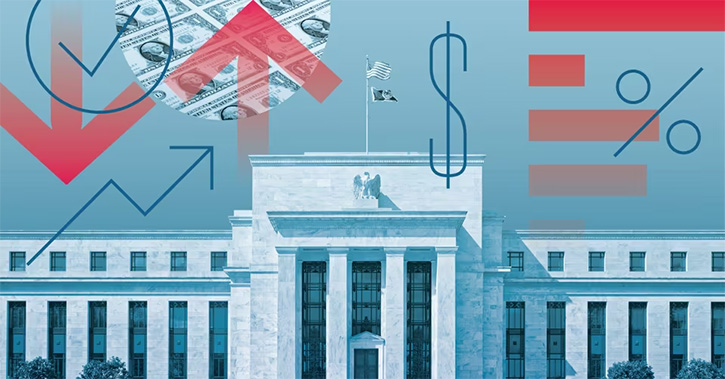Bond investors may have struggled to find returns in developed markets this year, but emerging market fixed income is in a sweet spot, says Ashmore’s Jan Dehn. He is predicting a bond bull market in emerging markets in 2017 onwards.
While return prospects in developed markets are deteriorating thanks to negative government bond yields in Europe and Japan, investors looking further afield for opportunities would be rewarded, Dehn, head of research at Ashmore said in London this week.
But some have questioned the sustainability of the rally and whether the high return on offer can compensate the current risks of investing in emerging markets.
Dehn argued that emerging market may seem volatile if you solely rely on the news headlines but this may not fully reflected in reality. He said that emerging markets have better fundamental strengths now than in previous years, reducing the possibility of default risk.
“There is an attractive value of propositions in emerging market fixed income sector now,” Dehn added, “Spreads are wide and valuations are cheap.”
Brazil, for example, is “an incredibly compelling fixed income story” this year according to Dehn, as the country is going to have a current account surplus following depressed domestic demand and capital flowing in. As a result there is an increase of capital reverses, increasing the power of the country’s central bank to control its currency, lowering the probability of a major currency blow up.
Two Fixed Income Regions for Investors
Looking forward Hofmann said Latin America was the most interesting region to see growth in fixed income sector.
“You will see the biggest pick up of global growth out of Latin America in fixed income as they have the biggest debt,” Dehn said, adding Russia as a “fantastic” option for bond investors in Eastern Europe as Russia is too concentrated in one source of income: oil.
“Our response to the falling price of commodities is buy Russia,” Dehn said, “The country allows its currency move completely in line with oil prices. When that only source income is halved, they need to halve spending. It’s terrible for Russia consumers but it’s fantastic for bondholders.”
Exports: A Tailwind for Emerging Market Economies
Major drivers to the growth of emerging market were a low interest rate and quantitative easing policies began by central banks in the US and Europe, Dehn argued. Emerging market needs to adjust to effects of quantitative easing, as a result a huge development in current account balances, according to Dehn.
“It is improving because its export is improving and net export goes positively into GDP. 2016 is the first year since 2010 where emerging market began to reaccelerate in terms of growth from developed markets. It is an important turning point,” Dehn said.
Value Appreciation in Emerging Market Currencies
Another factor contributing to growth in emerging market is the depreciation of the US dollar.
There is a dramatic change in the current currency outlook: unlike the previous four years when the US currency was up 10% against emerging market currencies every single year, currently the US currency is down 3% against emerging market currencies year to date.
“Money likes to be invested in currencies that go up, for that reason you get money flowing into emerging markets,” Dehn said.
As a result there will be a more balanced view for emerging market money verses the US currency. When investors start channelling money back to the emerging market, that will trigger finance and investment consumption, fuelling further growth.
Balance the Risk of a Rate Hike
Dehn also sees growth opportunities in short-duration style fixed income funds – countering investors’ worries of a potential interest rate hike in the US going forward.
“In order to take advantage of those wide spreads and not have growth potential destroyed by a rate hike, it’s important to have short-duration exposure. It’s a buy to hold strategy. Buy the bonds on the view that they are not going to default over the next two years, and you wait for the price to go up. Because it’s two years your duration is small so you are protecting yourself from future Treasury volatility,” Dehn concluded.


























